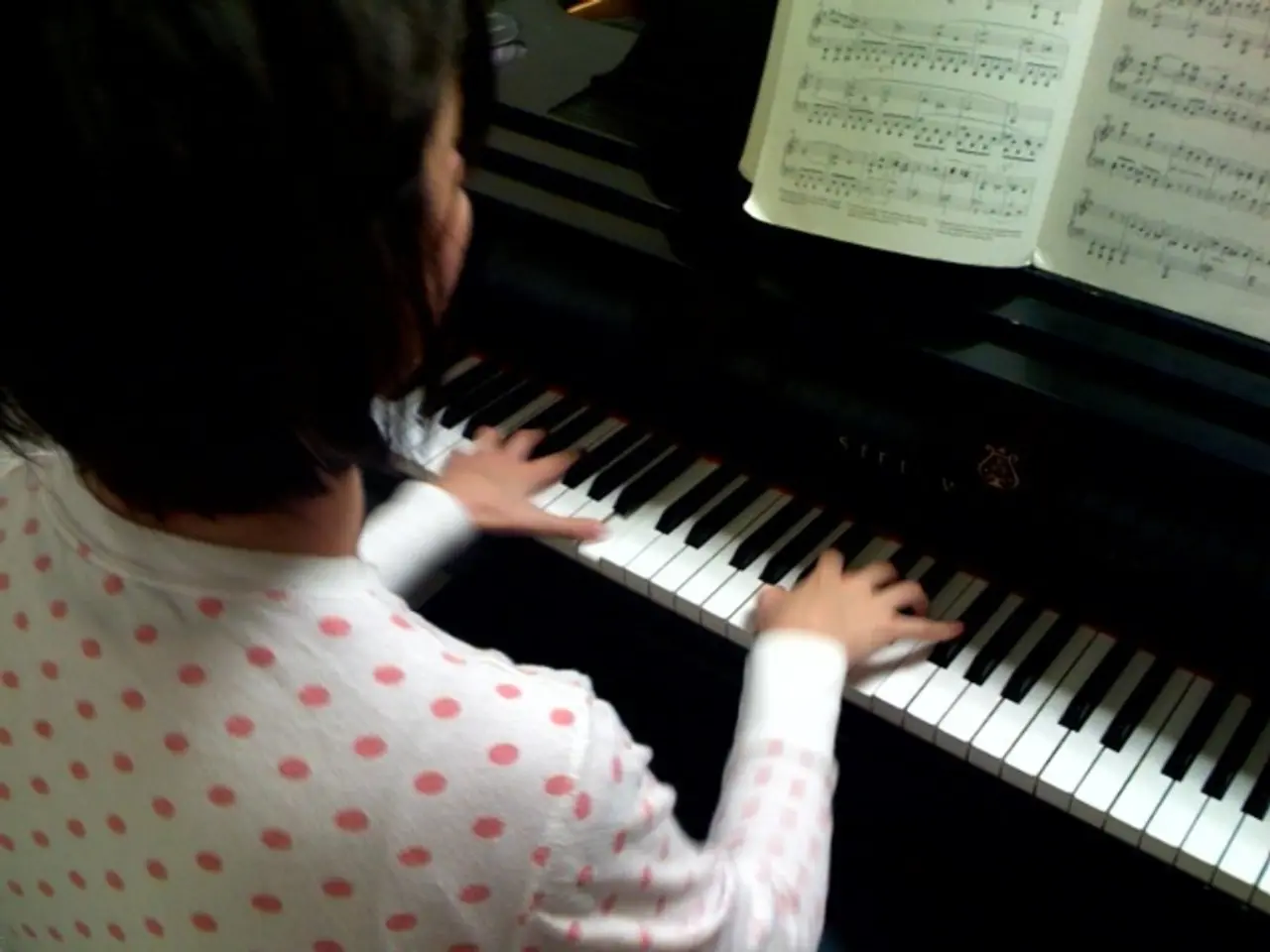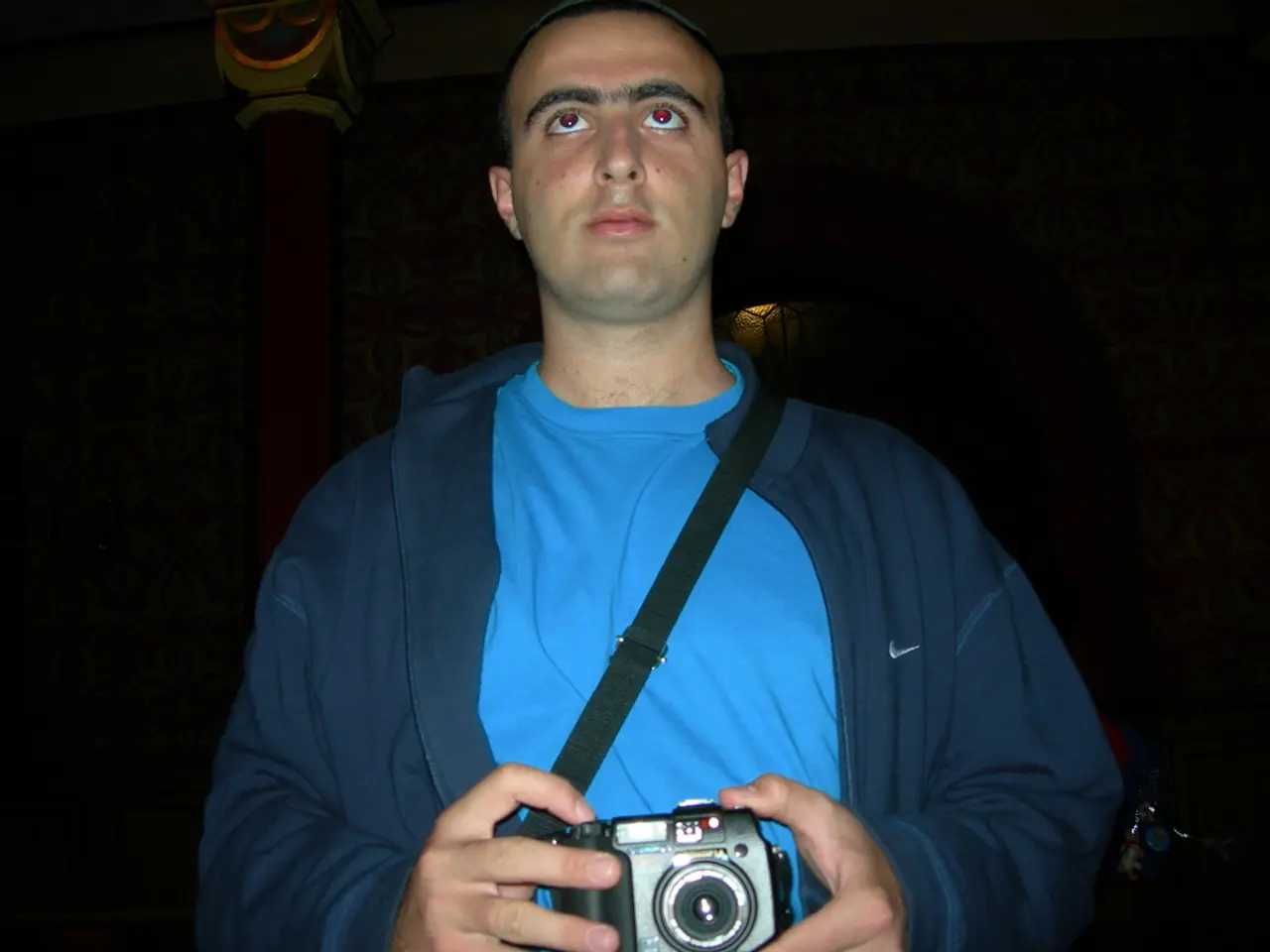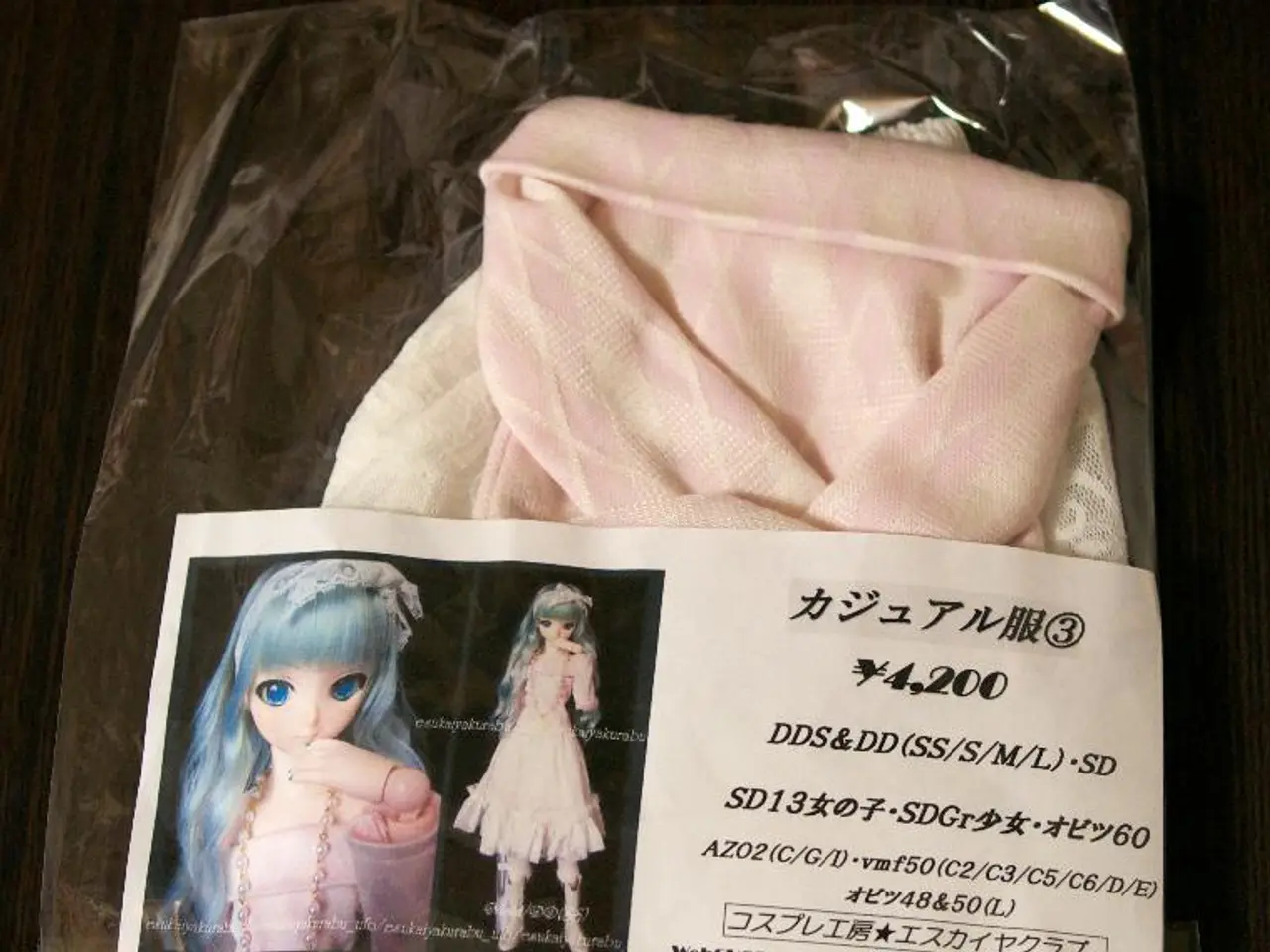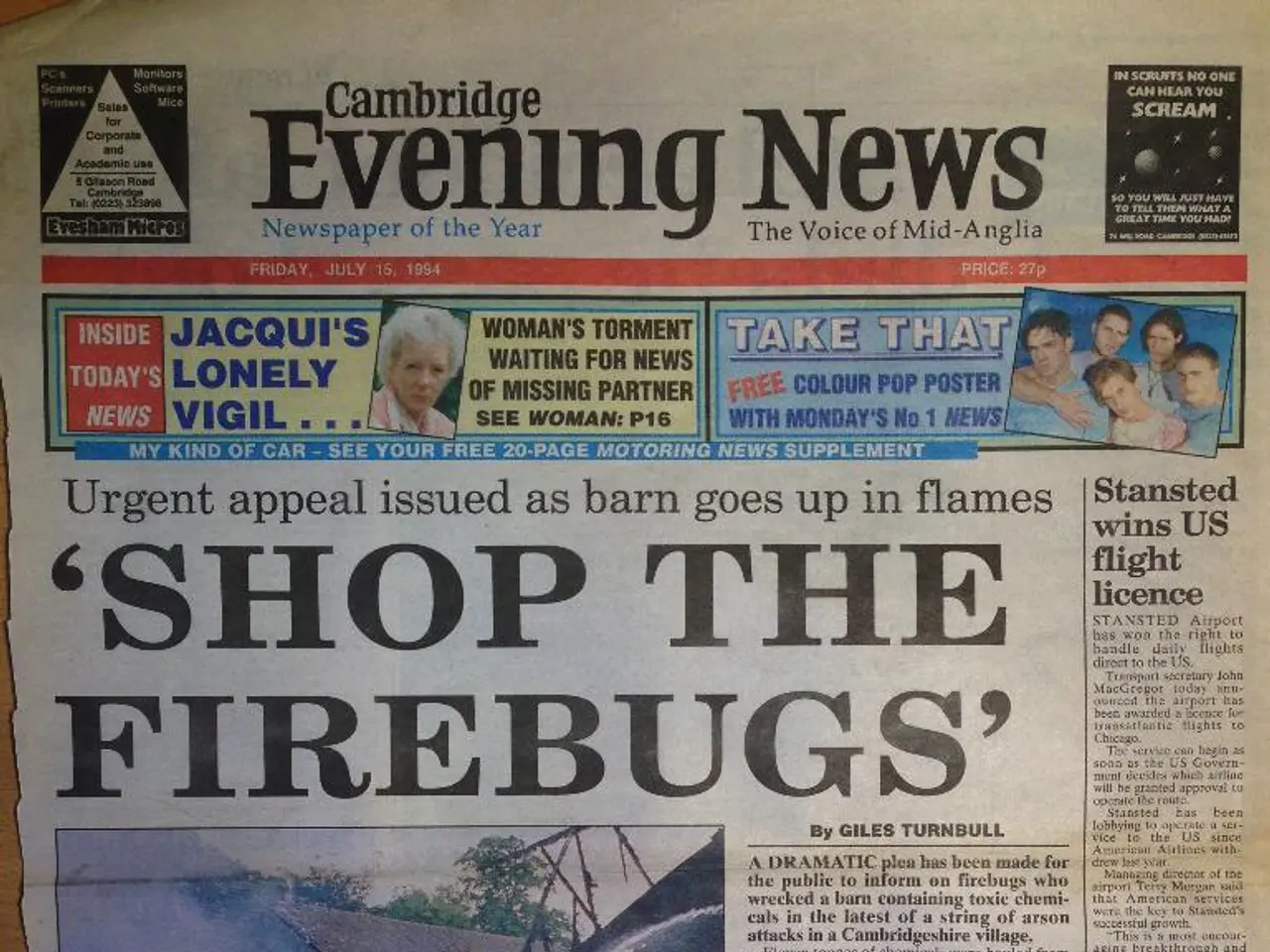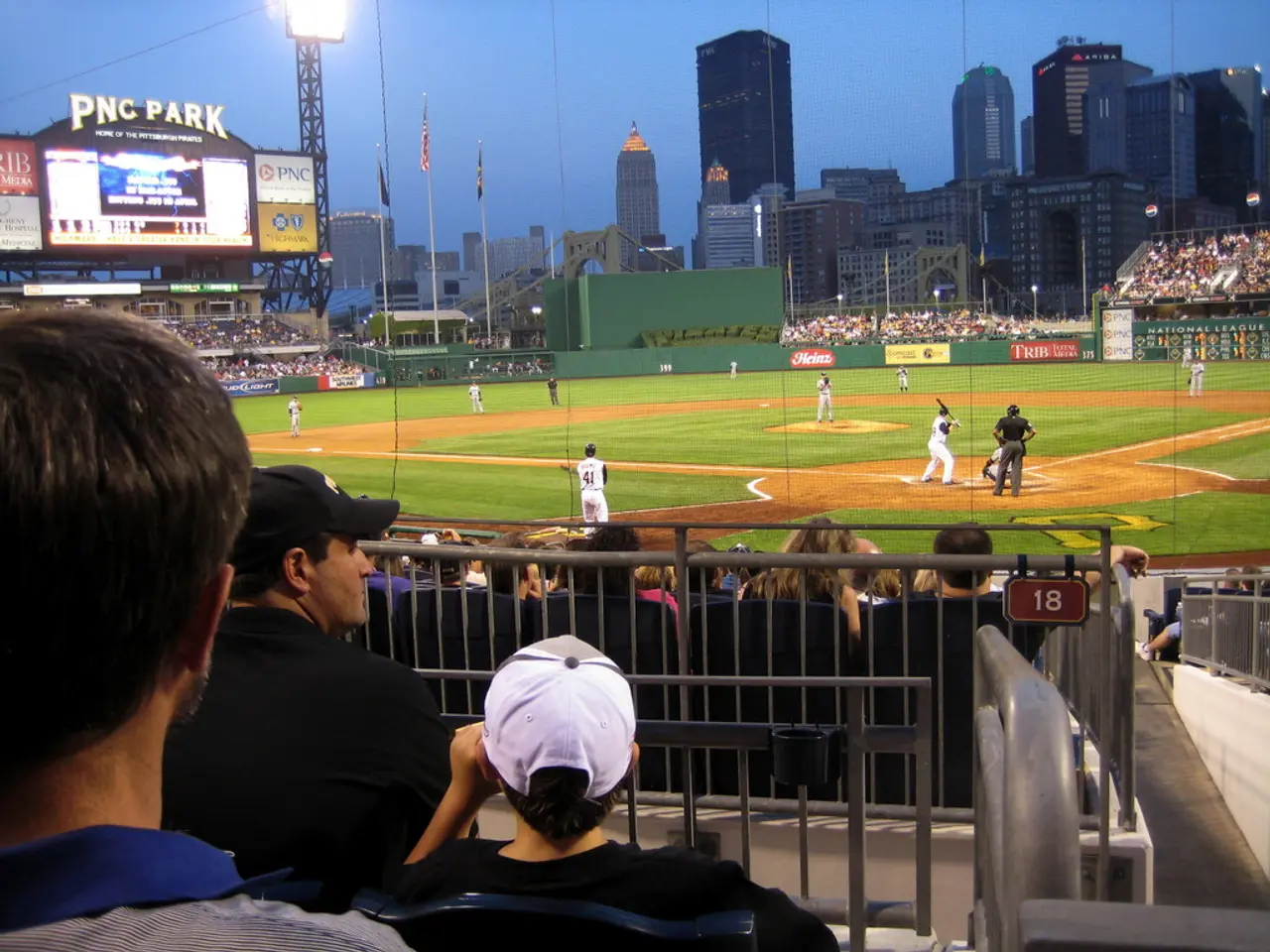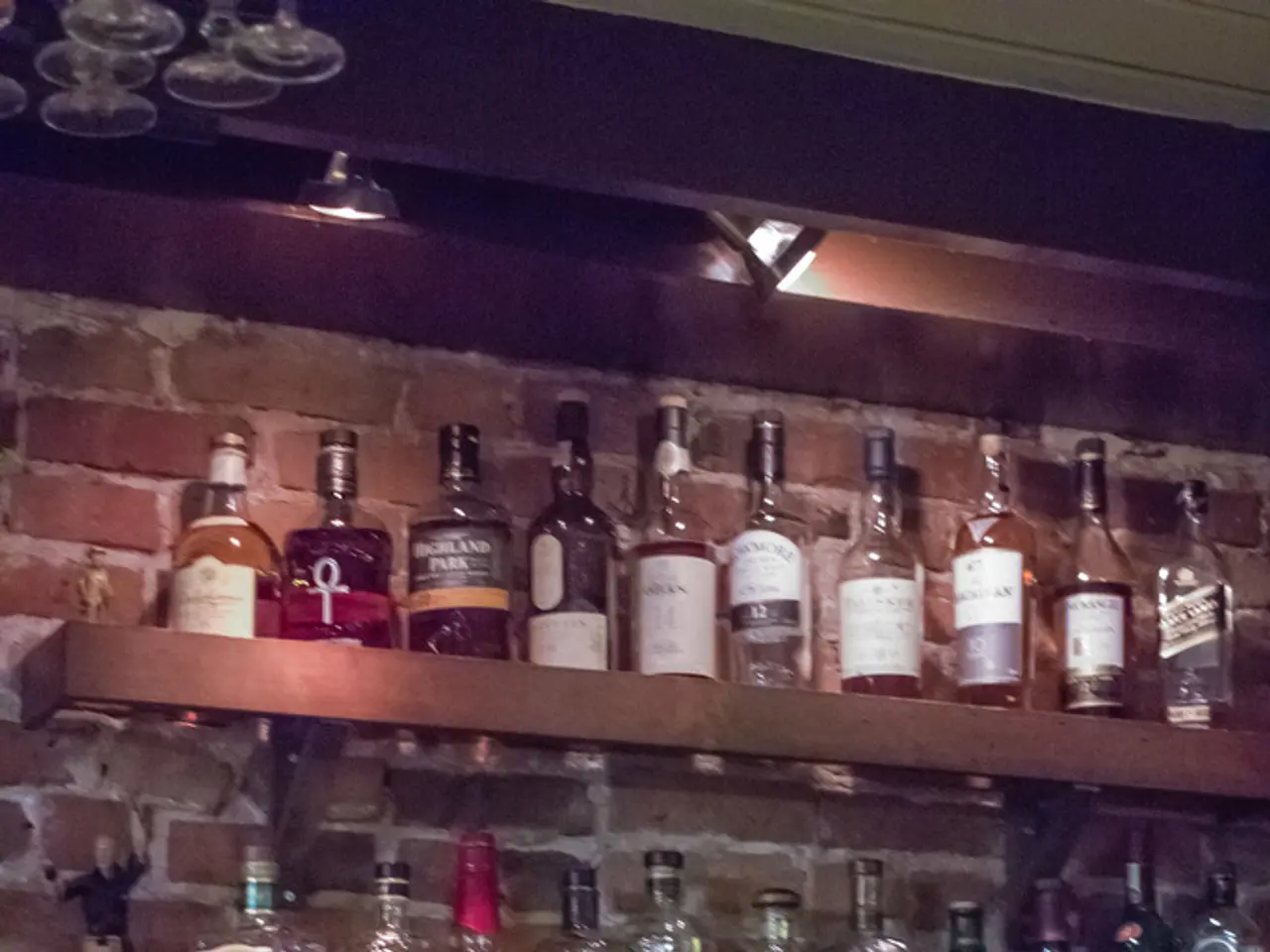Getting started on Michael Haneke's work
Michael Haneke, the Austrian auteur known for challenging audiences, was born in Munich in 1942. His films demand emotional investment and a willingness to confront uncomfortable truths about violence, alienation, and the human condition. Here's a recommended order for watching his major films, grouped into starting points, intermediate steps, and final suggestions—designed to both ease you into his style and culminate with his most acclaimed works.
---
## Starting Point: The First Trilogy
Begin with Haneke’s loosely connected “Glaciation Trilogy,” which introduces his thematic preoccupations and directorial style:
- **The Seventh Continent (1989):** Haneke’s first theatrical feature, this film is a chilling, clinical depiction of bourgeois alienation and self-destruction. It sets the tone for his later work, marked by long takes, detached cinematography, and a focus on societal disconnect. - **Benny’s Video (1992):** A harrowing study of media saturation and moral detachment, this film centers on a teenager whose obsession with violent videos leads to a real-life tragedy. - **71 Fragments of a Chronology of Chance (1994):** This mosaic film weaves together fragmented stories of modern life in Vienna, culminating in a shocking act of violence. It’s a meditation on alienation, chance, and the breakdown of social bonds.
These films, all in German, will acclimate you to Haneke’s austere aesthetic, his interest in structural experimentation, and his critique of contemporary society.
---
## Intermediate Steps: Expanding Range
Once comfortable with his early work, move to films that expand Haneke’s thematic scope and narrative complexity:
- **The Castle (1997):** Haneke’s adaptation of Kafka’s surreal, bureaucratic nightmare. It’s less directly confrontational than his original work but demonstrates his ability to translate literary alienation to the screen. - **Code Unknown (2000):** A French-language, multi-narrative film that explores communication breakdown across various social strata. It’s technically ambitious and emotionally affecting. - **Time of the Wolf (2003):** A post-apocalyptic drama that shifts from urban alienation to societal collapse. It’s less overtly violent but deeply unsettling in its depiction of human desperation. - **Caché (2005):** A psychological thriller about guilt, surveillance, and colonial memory. This film marked Haneke’s arrival as a major international auteur and is a masterclass in suspense and ambiguity.
---
## Final Suggestions: Acclaimed Masterpieces
Conclude with Haneke’s most celebrated and emotionally intense works, which have garnered major critical acclaim and awards:
- **The White Ribbon (2009):** A black-and-white period drama set in pre-WWI Germany, examining the roots of evil in authoritarian structures. Winner of the Palme d’Or at Cannes, this is often considered his magnum opus. - **Amour (2012):** A devastating, intimate portrait of aging and love, winner of the Academy Award for Best Foreign Language Film. It’s a poignant departure from his earlier, more clinical style, showcasing his ability to handle profound human emotion. - **Happy End (2017):** A darkly comic, multi-strand narrative about a dysfunctional bourgeois family, reflecting on contemporary Europe’s moral decay. It’s a fitting capstone to Haneke’s career, synthesizing his recurring themes with formal maturity.
---
## Summary Table
| Stage | Films | |-----------------|------------------------------------------------------------------------------------| | Starting Point | The Seventh Continent, Benny’s Video, 71 Fragments of a Chronology of Chance[2][5] | | Intermediate | The Castle, Code Unknown, Time of the Wolf, Caché[1][2] | | Final Suggestions| The White Ribbon, Amour, Happy End[3] |
---
## Additional Notes
- **Television Work:** If you’re deeply invested, seek out Haneke’s early TV films, such as *Three Paths to the Lake*, but these are less essential for understanding his cinematic evolution[4]. - **Rewatches:** Many of Haneke’s films reward—and almost demand—repeated viewing, as their layers of meaning and formal rigour become more apparent with familiarity. - **Emotional Preparation:** Haneke’s films are often emotionally intense and sometimes shocking. Prepare for challenging, thought-provoking experiences.
This order balances accessibility, thematic development, and formal experimentation, guiding you from Haneke’s foundational works to his most ambitious and acclaimed films.
Engage with Haneke's explorations of entertainment, particularly movies and TV, as you progress through his films. Themes of alienation, societal critique, and disturbing truths are prevalent throughout his body of work.
Start with the "Glaciation Trilogy" to acquaint yourself with his thematic preoccupations and directorial style. These films are The Seventh Continent, Benny's Video, and 71 Fragments of a Chronology of Chance, all in German.
Following his early work, delve into films that expand Haneke's thematic scope and narrative complexity, such as The Castle, Code Unknown, Time of the Wolf, and Caché. These films have elements of French, surrealism, communication breakdown, and post-apocalyptic drama.
